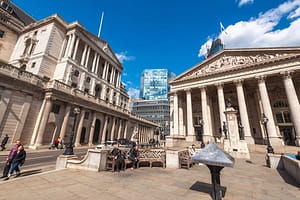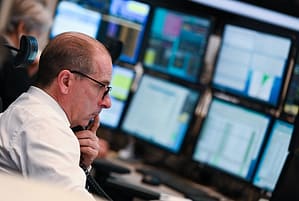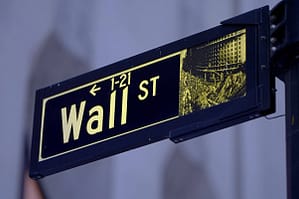It’s not so long ago that many commentators were quick to write off the future of retailing on the high street within the UK.
A perfect storm of online competition, crushing business rates and the effects of the pandemic, led many people to conclude that the future looked gloomy.
In fact, the learning over the last two years has shown that despite well-documented economic headwinds, certain parts of the high street have proven to be far more resilient than hoped.
Our own experience at Frasers Group is that when retailers are willing to innovate, it’s possible to build for a future in which physical stores and online platforms co-exist in harmony.
We recently posted a record performance, with revenue increasing by 15.8% and adjusted profit before tax of £478m. Whilst the macro-economic environment remains challenging, our business continues to prove its resilience.
Over the last two years, we have opened flagship stores in London, Birmingham, Liverpool, and (most latterly) in Manchester. Our emphasis within these stores is on providing an experiential environment for customers.
These stores range from 50,000 sq. ft. to 120,000 sq. ft. and typically offer a diverse selection of the world’s most desirable brands under one or more fascia. The emphasis is on providing the customer with an immersive shopping experience within elevated surroundings.
At the same time we have built momentum in our digital capabilities across online, mobile and social platforms, ensuring that digital and physical retailing are complementary elements of our group-wide elevation strategy.
Coming out of the pandemic, we’ve seen that people still want to enjoy experiences in stores. They want to try things on. They want to touch and feel the apparel, and they want to engage with the best brands.
The importance of these brands cannot be overstated, hence I was proud that NIKE recently named Frasers Group as one of their ‘Top Three Global Partners’.
I think that in the future, as an industry we need to continue to create shopping environments and brand experiences that are compelling and energising.
We know that Generation X, in particular, places a high value on brands and that young consumers see them as a means of maintaining social credibility among their peers.
Within our stores, there is a strong emphasis on enhanced visual merchandising, which includes innovative use of colourful LED screens and interactive features.
Our new Sports Direct in Manchester includes specialist sports zones, which offer innovative features such as access to the latest running gait technology and a golf putting challenge.
We offer a bra-fitting service in selected stores and our Flannels Liverpool flagship includes a beauty clinic, food & beverage facilities, and a Barry’s Bootcamp, so that you can work out within the store.
People want to visit the high street today for a better experience. They may choose to do some of their more affordable shopping online, but when they come to a physical store they want something a bit different.
With regard to luxury brands, we’ve shown that there is a market in regional destinations. The stereotypical perception was that if consumers wanted luxury they would go to the big cities. However, our Flannels business has proved that there is also a market in key strategic locations, such as Middlesbrough and Sunderland.
Another key part of our strategy is that we are great believers in forming relationships with other retailers, as evidenced by our investments in AO World, Boohoo, and Currys. These types of investment enable respective retailers to build relationships and share mutual synergies.
Anybody who is familiar with our strategy will understand our rationale for investing in Boohoo, with its laser-like focus on young female consumers. We envisage opportunities to strengthen our own proposition in collaboration with Boohoo, most notably with our digital-first platforms such as I Saw It First and Misguided.
Similarly, our investment in Currys provides an opportunity to build on our existing foothold in the electricals industry, as well as deepening our relationship with Currys through Studio (formerly Studio Retail).
Our relationship with AO World will hopefully enable Frasers to benefit from AO’s valuable know-how in electricals and two-man delivery logistics, helping us to drive growth in our bulk equipment and homeware ranges.
I believe these types of symbiotic relationships with other retailers and third party brands are ultimately beneficial to the consumer by facilitating an enhanced offering.
Our relationship with Hugo Boss is a case in point. Hugo Boss is a highly desirable brand that’s on-trend and in demand. Through our strategic investment of 24.4%, we have built a partnership that provides mutual benefits.
Hugo Boss is now among our Top 5 brands across the whole group and our No1 brand outside of sports. We are now their No2 wholesale partner in Europe.
The manner in which they segment their offering is perfect. Some of their product is suitable for Sports Direct, some is premium hence suitable for USC, and some is suitable for our luxury business, Flannels.
Meanwhile, I see a future in which more and more consumers are looking to be active, stay fit and play sports.
Part of this involves going to the high street in order to access brands like NIKE and Adidas to make your selection, whether its for a local 5k race or just to look and feel great in the gym.
Michael Murray, our CEO, understands this better than anybody. He is athletic and works out, either in the gym or outside for a run. Michael has grown up in the digital world so he is also familiar with the technology used by young people. He gets the consumer, because he is the consumer.






Leave a Comment